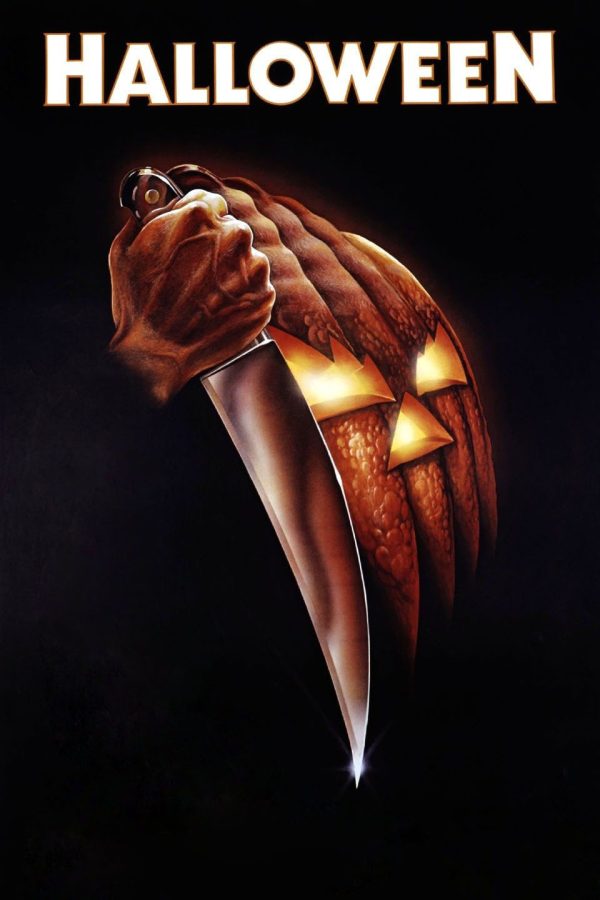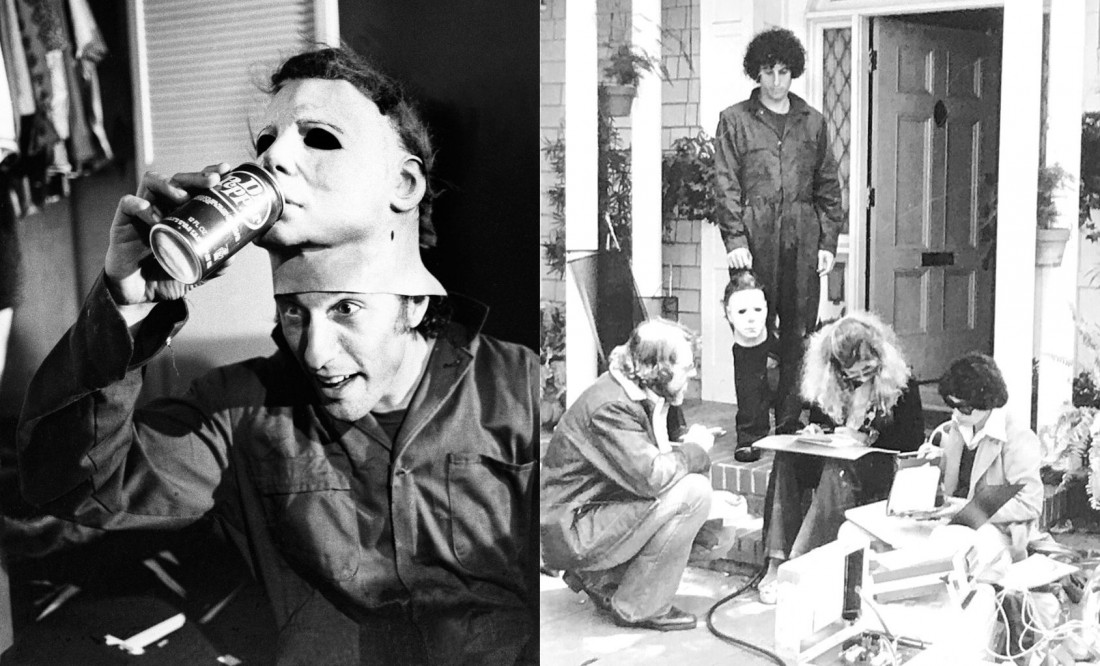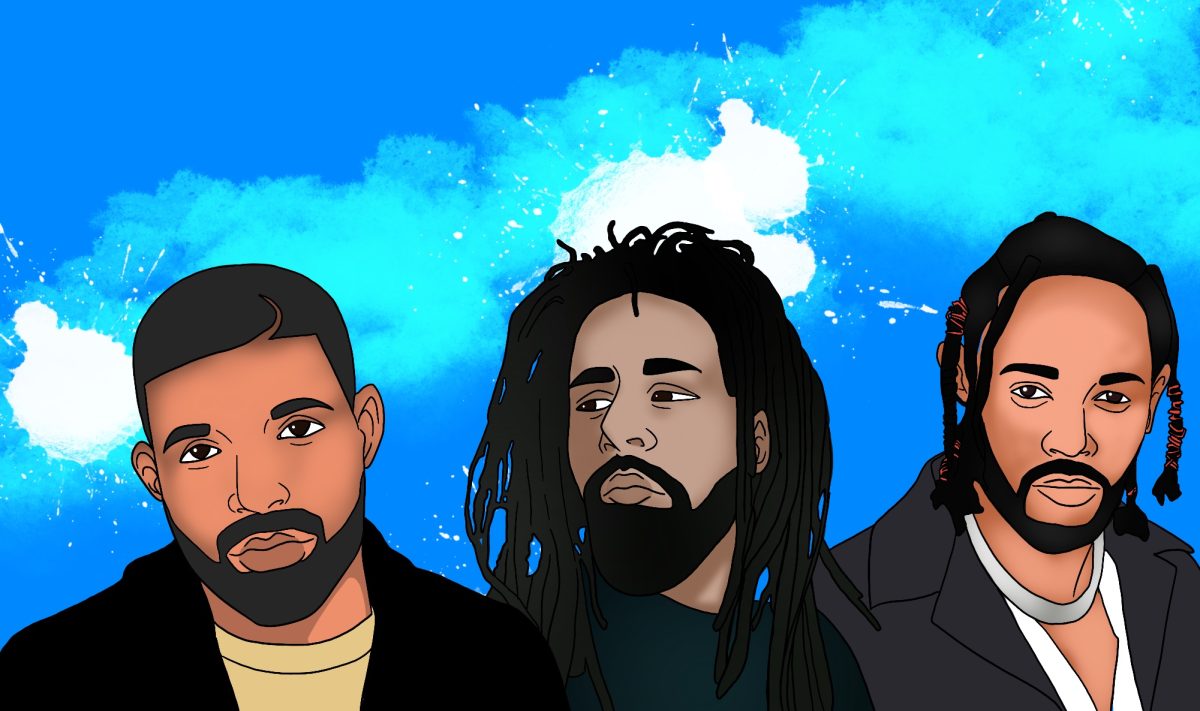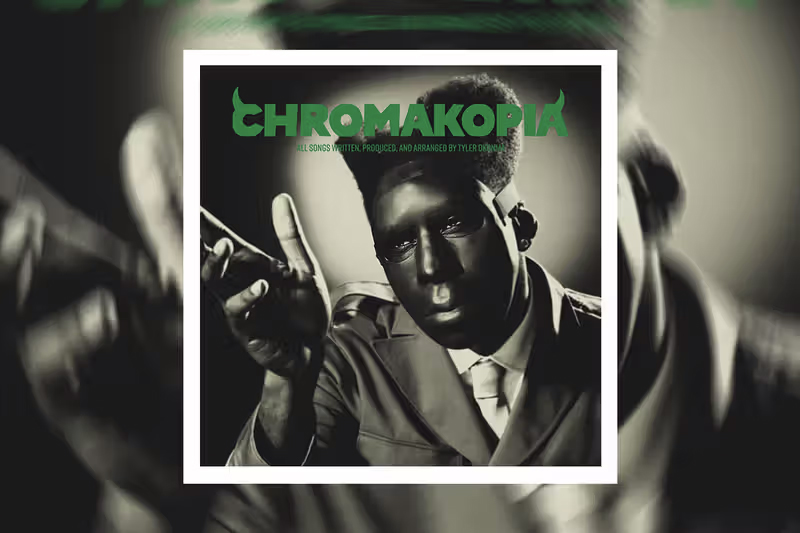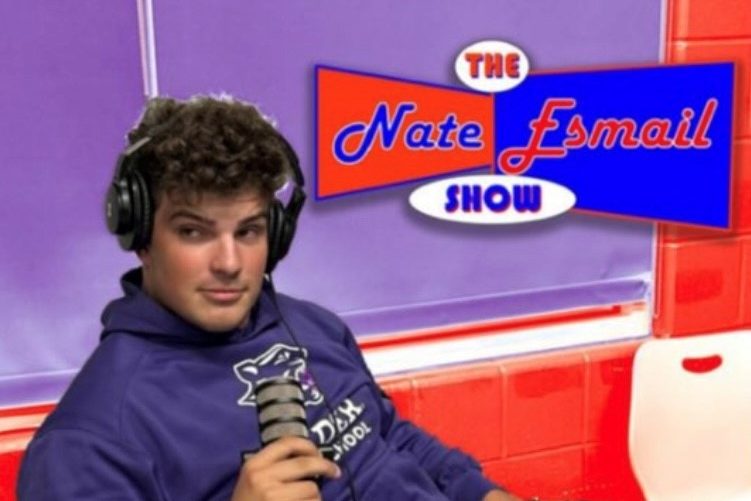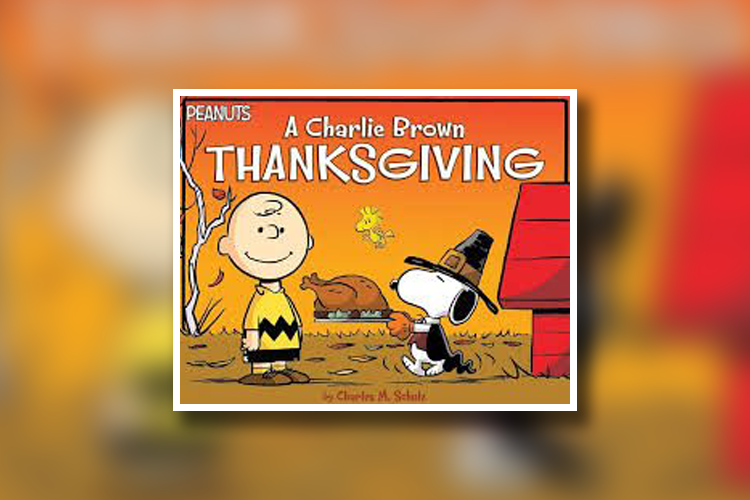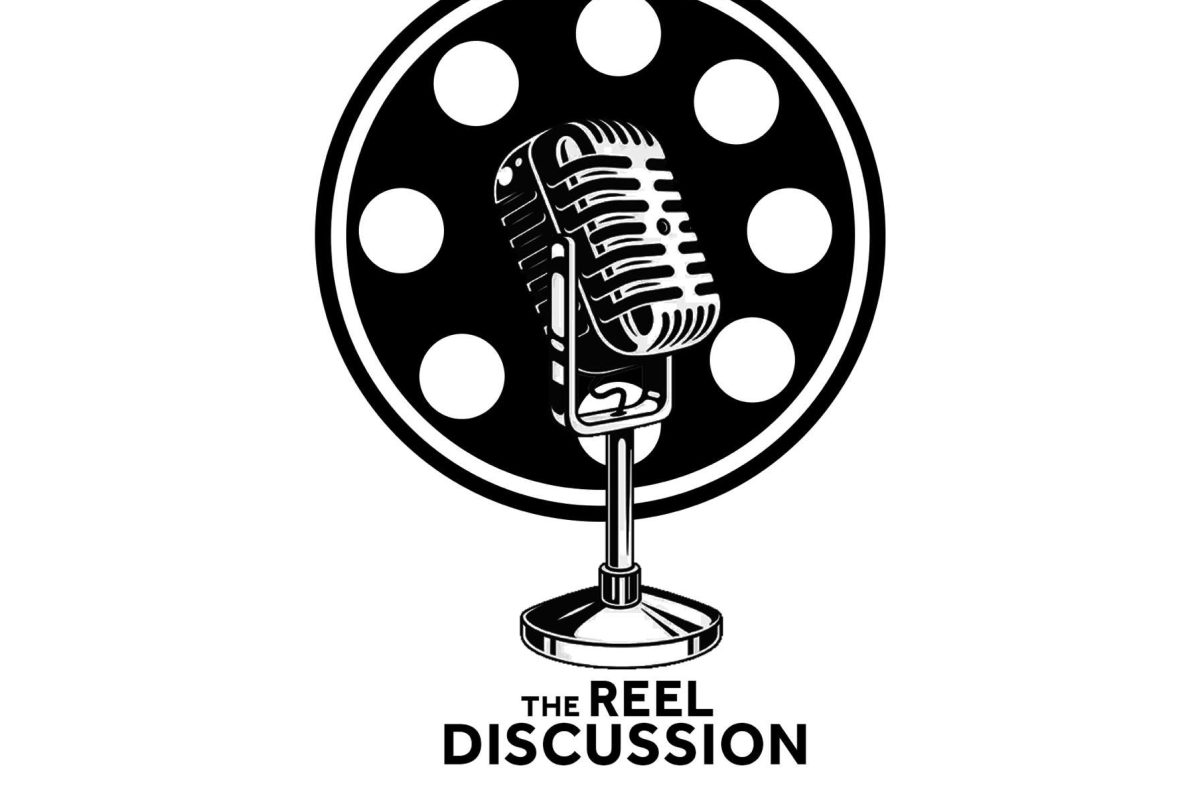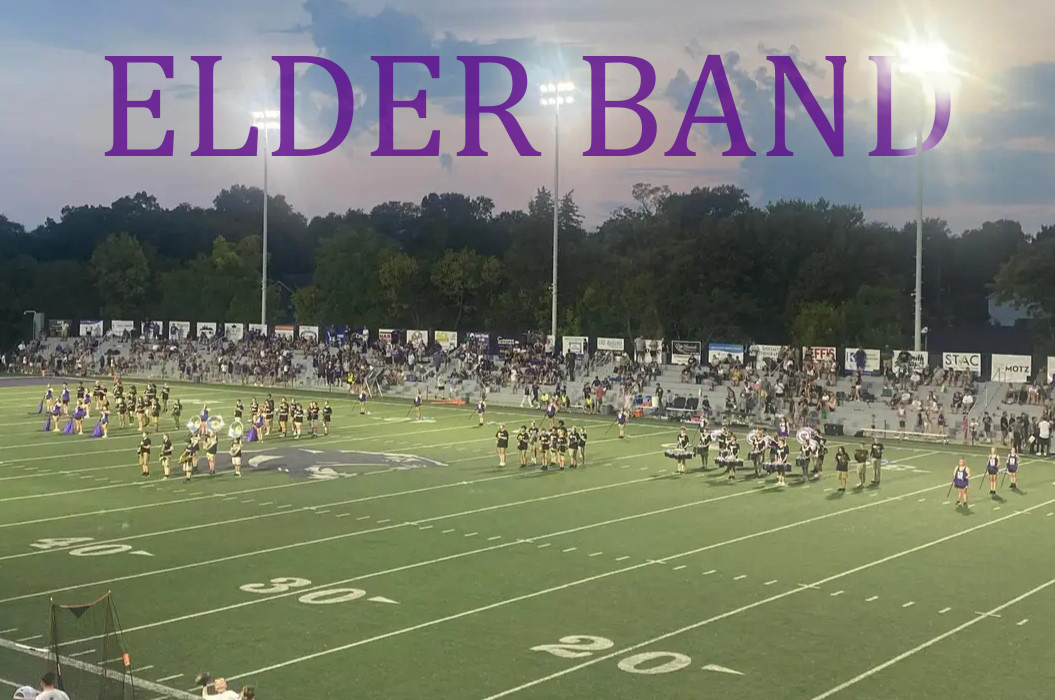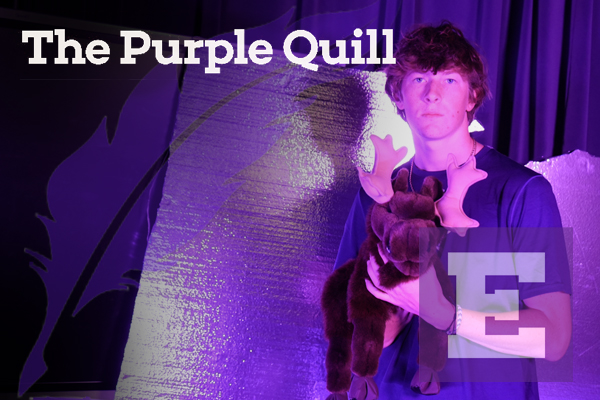I watched Halloween (1978) this past Monday, which was my third time in the month of October, but the Movie Club went to go see it in theaters, and I have to say, it completely lived up to its reputation as a horror classic.
Right from the opening scene, where young Michael Myers shockingly murders his sister on Halloween night, the movie sets a chilling tone that sticks with you throughout. The way John Carpenter crafted the atmosphere, focusing more on suspense and dread rather than relying on gore or over-the-top scares, really impressed me. I’ve seen a lot of modern horror films that rely heavily on jump scares, but Halloween builds its terror slowly, making each moment feel more intense and unsettling. The slow, creeping nature of the fear, where you almost dread what’s going to happen next, is what makes it stand out even after all these years. Check out The Reel Discussion’s Podcast of this film, it should be out rather soon.
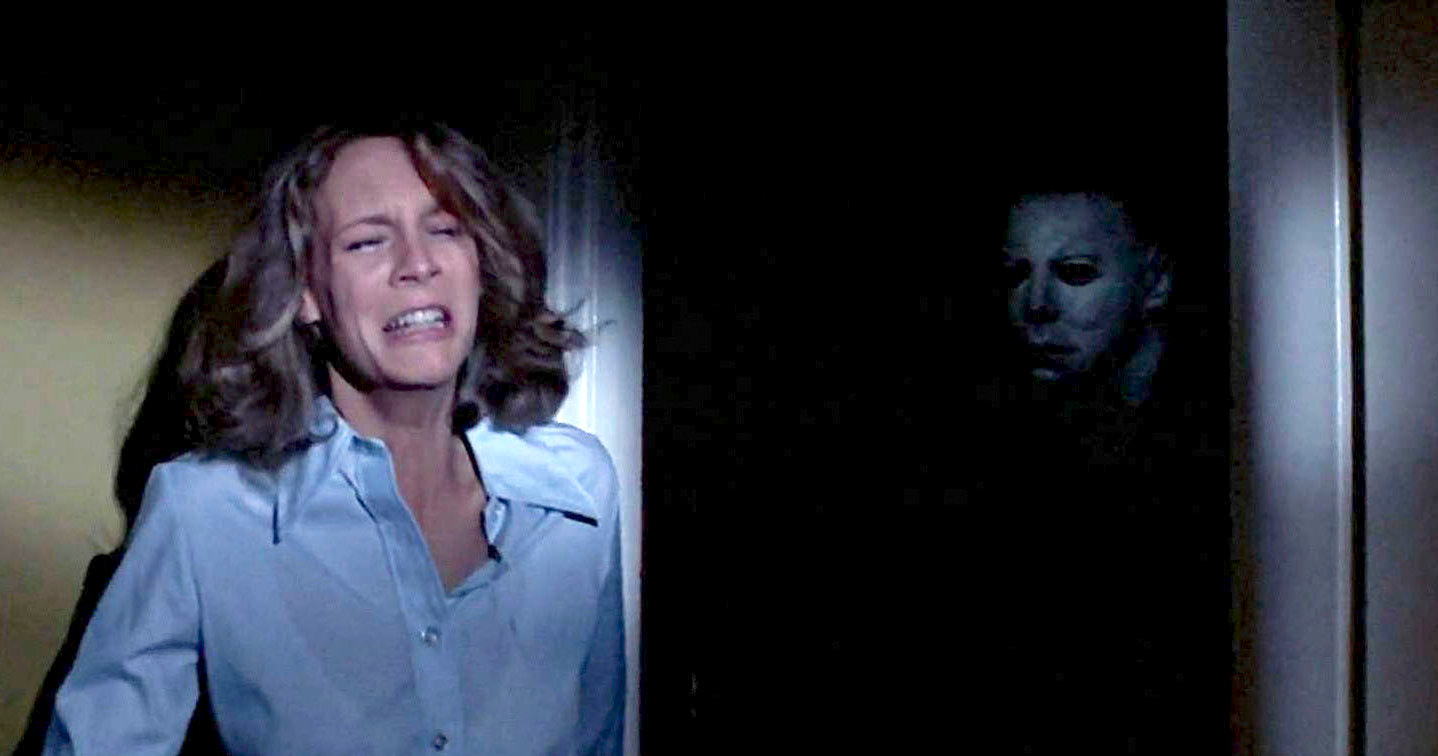 The simplicity of the story—a masked killer stalking babysitters in the small, seemingly safe town of Haddonfield—is one of the film’s strongest points. It didn’t need a complicated plot to be effective. What made it even scarier was how normal everything seemed at first. You see kids trick-or-treating, people going about their everyday lives, and Laurie, the main character, just trying to get through her day. There’s something truly terrifying about horror that disrupts a peaceful, suburban neighborhood. The slow build-up of tension, with Michael Myers silently stalking Laurie and her friends, created a constant sense of dread. His appearances in the background, just standing there watching, gave me the creeps and made me feel like no one in the movie was ever really safe.
The simplicity of the story—a masked killer stalking babysitters in the small, seemingly safe town of Haddonfield—is one of the film’s strongest points. It didn’t need a complicated plot to be effective. What made it even scarier was how normal everything seemed at first. You see kids trick-or-treating, people going about their everyday lives, and Laurie, the main character, just trying to get through her day. There’s something truly terrifying about horror that disrupts a peaceful, suburban neighborhood. The slow build-up of tension, with Michael Myers silently stalking Laurie and her friends, created a constant sense of dread. His appearances in the background, just standing there watching, gave me the creeps and made me feel like no one in the movie was ever really safe.
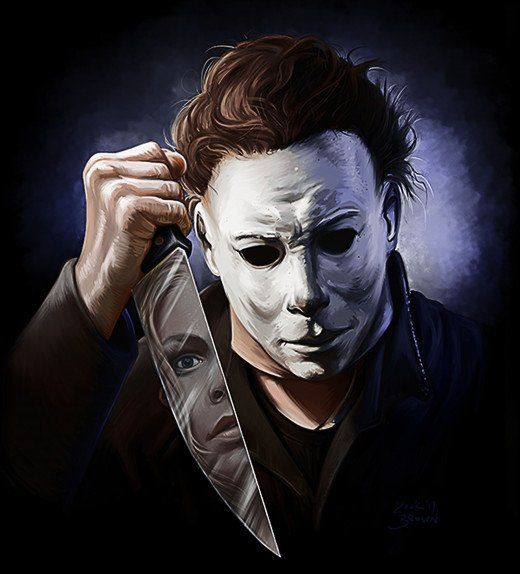
One of the most memorable things about Michael Myers as a villain is his mask. That blank, emotionless face makes him seem less like a person and more like a force of pure evil. He never speaks, never runs—he just walks with this slow, deliberate pace, and that’s somehow even scarier than if he were chasing his victims. You never really understand his motives, which adds to his mystique. The randomness of his killings makes it feel like anyone could be his next target. And then there’s the iconic theme music—those repetitive piano notes that play whenever he’s near. Every time that music came on, I could feel my anxiety rise. It’s amazing how such a simple piece of music can make a scene so much more intense.
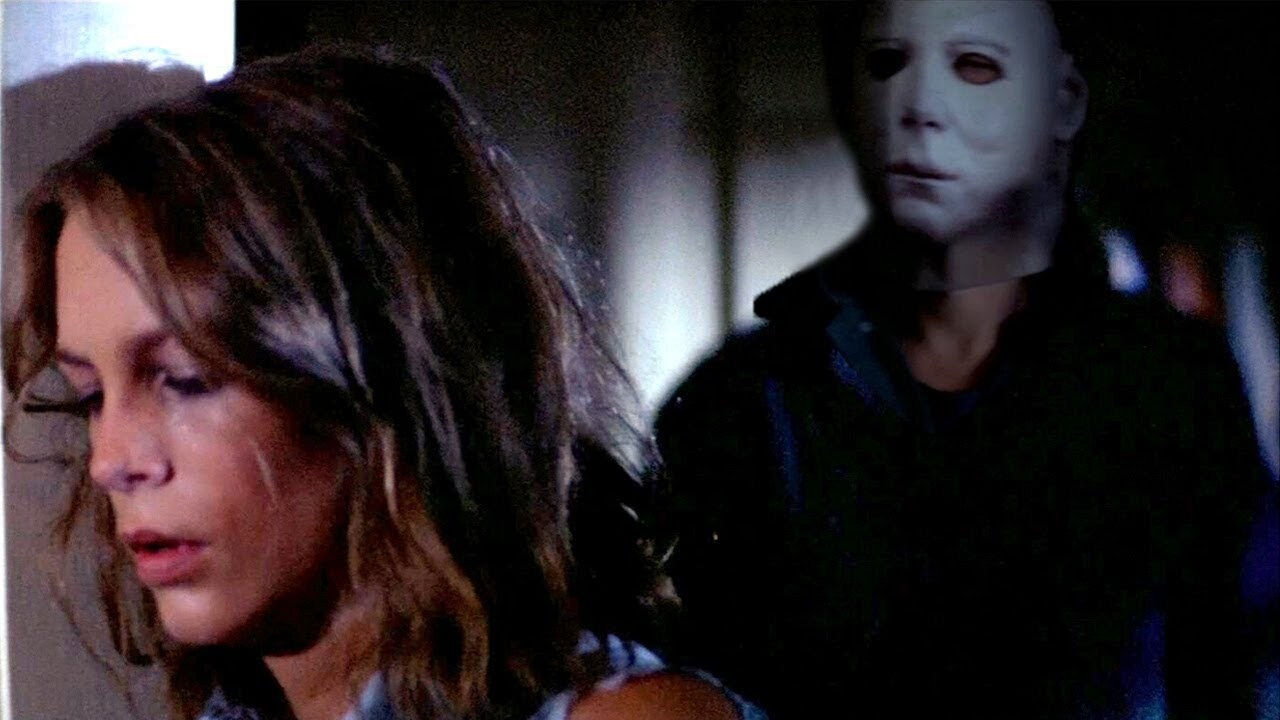 Laurie is such a great protagonist because she’s resourceful and brave. She wasn’t just a helpless victim waiting to be rescued—she fought back, and that made me root for her even more. She’s smart, cautious, and determined to survive, which made the final showdown between her and Michael incredibly gripping. The fact that she was just an ordinary girl dealing with this horrifying situation made her character so much more relatable. I also really liked the dynamic between her and Dr. Loomis, the one person who truly understood how dangerous Michael was. His obsession with stopping Michael felt almost as intense as Michael’s need to kill. The scenes where he tries to convince people of the threat Michael poses added a lot of tension, especially as the movie built toward its climax.
Laurie is such a great protagonist because she’s resourceful and brave. She wasn’t just a helpless victim waiting to be rescued—she fought back, and that made me root for her even more. She’s smart, cautious, and determined to survive, which made the final showdown between her and Michael incredibly gripping. The fact that she was just an ordinary girl dealing with this horrifying situation made her character so much more relatable. I also really liked the dynamic between her and Dr. Loomis, the one person who truly understood how dangerous Michael was. His obsession with stopping Michael felt almost as intense as Michael’s need to kill. The scenes where he tries to convince people of the threat Michael poses added a lot of tension, especially as the movie built toward its climax.
Overall, Halloween is a masterclass in building suspense and creating atmosphere. It’s not just about the kills or the blood—it’s about the tension, the anticipation, and the fear that lingers long after the movie ends. Even though it’s from the late ’70s, it holds up remarkably well and still has the power to scare. I can totally see why it’s considered one of the best horror films of all time. If you’re a fan of the genre and haven’t seen it yet, it’s a must-watch.
The Comparison
Following watching the original I knew I had to start up the 2018 film, especially since it is on Netflix at the moment. I was really impressed by how well it honored the 1978 original while adding its own fresh twists. Picking up 40 years after Michael Myers’ killing spree, it dives into the psychological impact those events had on Laurie Strode, showing us a woman who’s spent decades living in fear but also preparing for the day he would return.
The 2018 film is definitely a different experience—it’s faster-paced and more brutal, but it still respects the core elements of what made the original Halloween such a classic. While the 1978 film is all about slow-building tension, the newer one ramps up the intensity, balancing suspense with more graphic horror, and it made for a pretty thrilling watch, but my girlfriend wanted to turn it for the majority of it due to the gore.

One of the biggest differences between the two films is Laurie herself. In the original, Jamie Lee Curtis plays her as a young, relatable high school girl who’s brave but completely unprepared for the terror that Michael brings into her life. In the 2018 film, though, Laurie is a survivor with years of trauma, and she’s now much more hardened, prepared, and even a bit obsessed with stopping Michael. This evolution makes her character fascinating, especially because we see how her paranoia and survival instincts have impacted her relationship with her family. The original film shows Laurie as a “final girl” who barely escapes, but the 2018 version portrays her as a warrior who’s ready to confront her trauma head-on, which I found incredibly compelling.
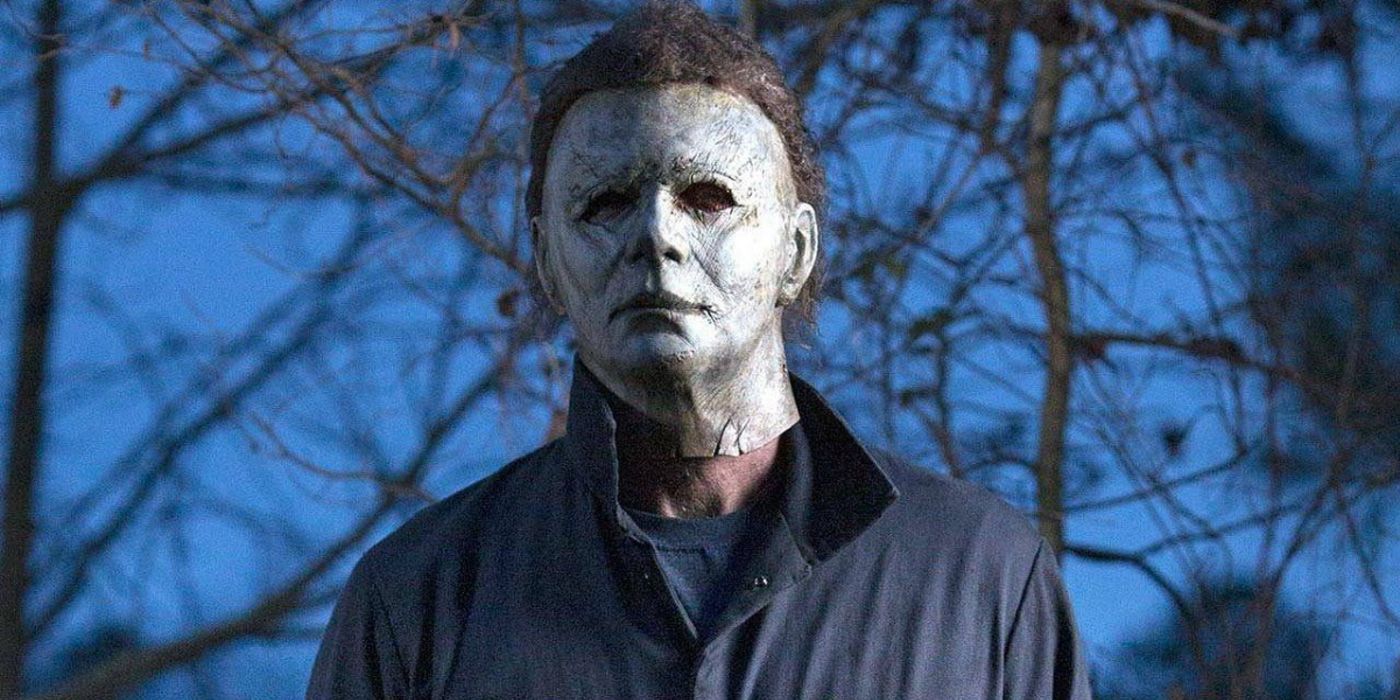
Michael Myers himself is also different in subtle ways. In both films, he’s portrayed as a silent, unstoppable force of evil, but in the 2018 film, he seems even more brutal and calculated. The original Michael was terrifying because of his blank, expressionless nature—he killed without any apparent motive or emotion, which made him feel almost supernatural. In the newer movie, his kills are more violent and intense, and there’s a heavier emphasis on gore. It makes him feel more monstrous and brutal, which ramps up the intensity but also makes the horror feel less subtle than the original. Personally, I loved the restrained, mysterious Michael from 1978, but I can see why the 2018 version made him more savage to appeal to a modern audience.
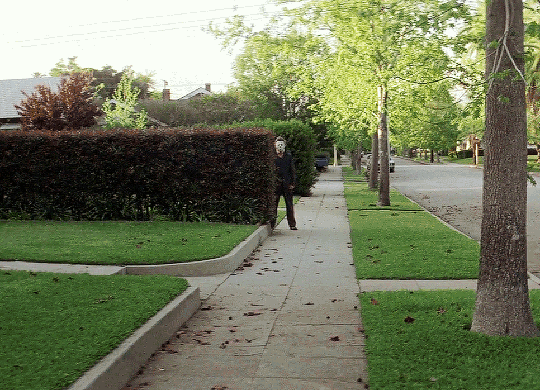
One of the things I missed in the 2018 version was that creeping sense of dread the original had. The 1978 movie thrives on tension—Michael is often just watching from afar or lurking in the shadows, and the audience is constantly on edge waiting for him to strike. The 2018 film, on the other hand, is more action-oriented. It’s fast-paced, with Michael often shown right in the thick of things, which gives the film an urgent feel. This approach works in making the story feel more intense, but it sacrifices that slow-burn horror that made the original feel so unique. However, the addition of Laurie’s family in the story does add some emotional stakes, making us care more deeply about the characters who might become Michael’s next victims.
Both films have amazing music, with the 2018 soundtrack paying homage to the iconic theme while adding a darker, more modern edge. Carpenter returned to work on the score, and he did an amazing job blending the classic elements with updated sounds that add intensity to the scenes. In both movies, the music amplifies the fear and creates an almost hypnotic sense of dread, and I think the 2018 score successfully modernized the original theme while keeping it familiar.
Overall, I’d say that while Halloween (1978) is a horror masterpiece with its eerie minimalism and suspense, Halloween (2018) is a worthy sequel that brings more action and intensity. They’re almost two sides of the same coin: the original is haunting in its simplicity, while the newer one is gripping and visceral. I still think the original is more effective in creating a lasting sense of fear, but the 2018 film adds depth to Laurie’s character and brings a level of closure that I think longtime fans of the franchise will appreciate. The 2018 film should have been the last of the franchise…but they didn’t stop.




